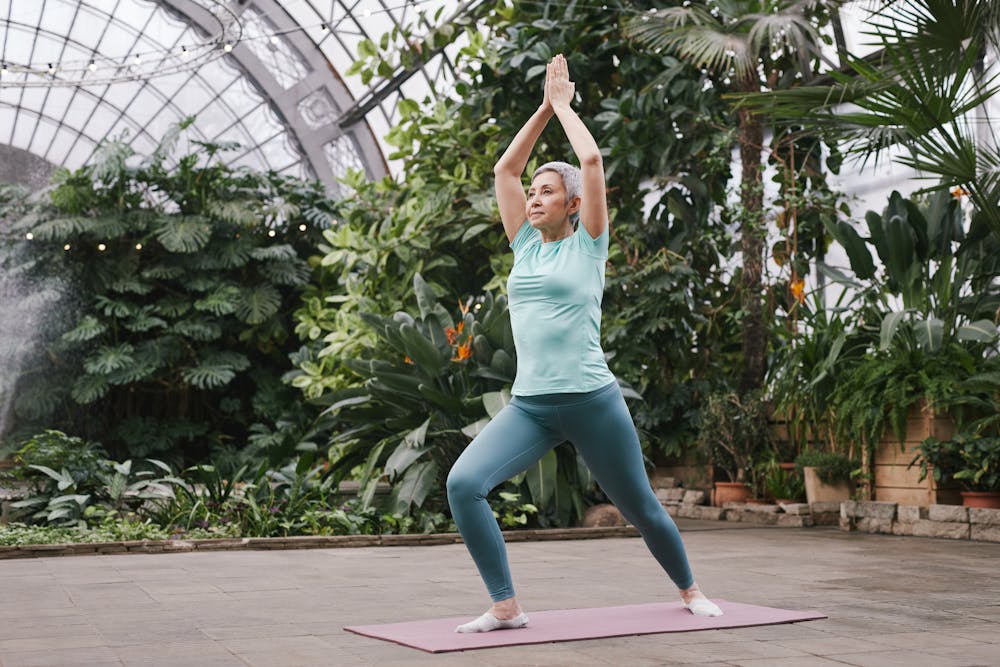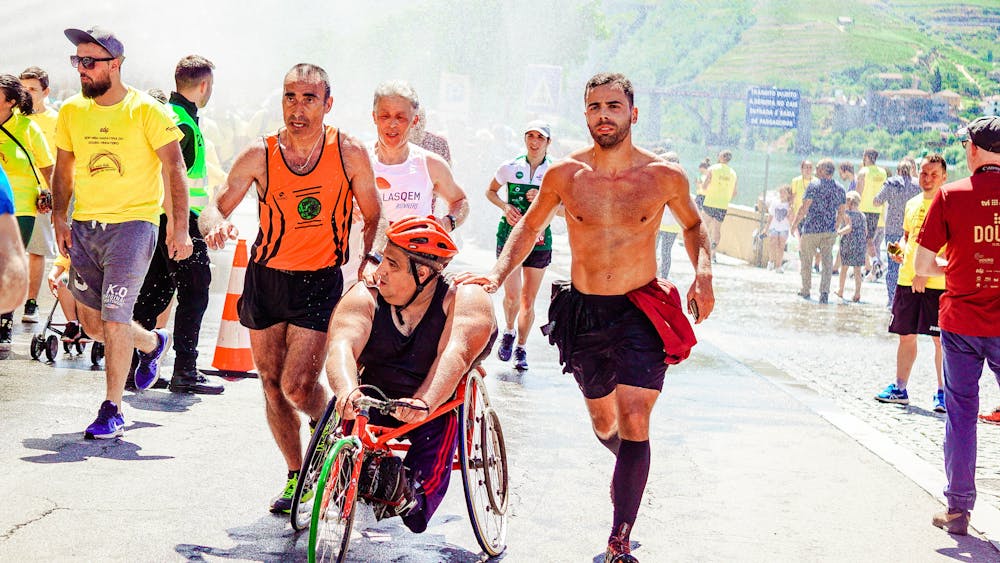Absolutely, here’s a personalized article:
 —
—
 Hey there, fellow fitness enthusiasts! Today, I want to chat about something that often gets overlooked in the world of training—rest and recovery days. Trust me, as someone who’s been through the grind of intense workouts and training schedules, I’ve learned firsthand just how crucial it is to prioritize rest and recovery in your fitness routine. Let me share with you why these days are so important and how they can actually help you reach your fitness goals faster.
Hey there, fellow fitness enthusiasts! Today, I want to chat about something that often gets overlooked in the world of training—rest and recovery days. Trust me, as someone who’s been through the grind of intense workouts and training schedules, I’ve learned firsthand just how crucial it is to prioritize rest and recovery in your fitness routine. Let me share with you why these days are so important and how they can actually help you reach your fitness goals faster.
 First and foremost, let’s talk about what happens to your body when you exercise. When you work out, you’re putting stress on your muscles, joints, and cardiovascular system. This stress is necessary for stimulating growth, strength, and endurance, but it also causes microscopic damage to your tissues. That’s where rest and recovery come in.
First and foremost, let’s talk about what happens to your body when you exercise. When you work out, you’re putting stress on your muscles, joints, and cardiovascular system. This stress is necessary for stimulating growth, strength, and endurance, but it also causes microscopic damage to your tissues. That’s where rest and recovery come in.
 Rest and recovery days give your body a chance to repair and rebuild itself after intense workouts. During these periods of rest, your muscles repair damaged tissues, your energy stores replenish, and your cardiovascular system recovers. This not only helps prevent injuries and overtraining, but it also allows you to come back stronger and more resilient for your next workout.
Rest and recovery days give your body a chance to repair and rebuild itself after intense workouts. During these periods of rest, your muscles repair damaged tissues, your energy stores replenish, and your cardiovascular system recovers. This not only helps prevent injuries and overtraining, but it also allows you to come back stronger and more resilient for your next workout.
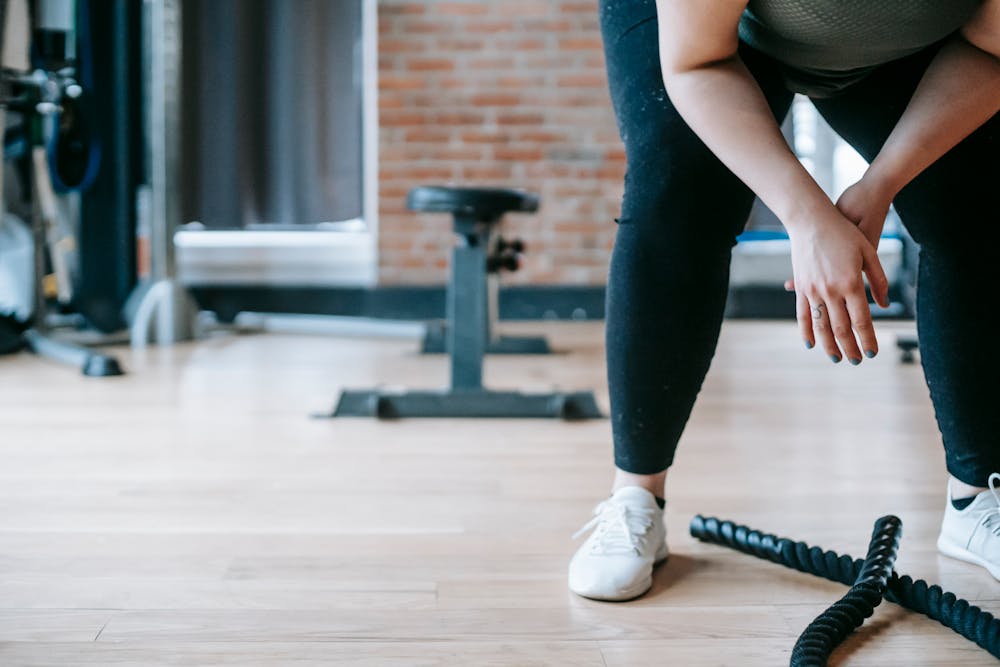 But rest and recovery days aren’t just about physical recovery—they’re also crucial for mental and emotional well-being. Let’s face it, working out can be mentally and emotionally taxing, especially if you’re pushing yourself to the limit day in and day out. Rest days give you a chance to recharge your batteries, reduce stress levels, and maintain a healthy balance between exercise and the rest of your life.
But rest and recovery days aren’t just about physical recovery—they’re also crucial for mental and emotional well-being. Let’s face it, working out can be mentally and emotionally taxing, especially if you’re pushing yourself to the limit day in and day out. Rest days give you a chance to recharge your batteries, reduce stress levels, and maintain a healthy balance between exercise and the rest of your life.
 Now, let’s talk about how to incorporate rest and recovery days into your training schedule. The key is to listen to your body and pay attention to how you’re feeling. If you’re feeling tired, sore, or fatigued, that’s your body’s way of telling you it needs a break. So don’t be afraid to schedule in regular rest days, or even take an extra day off if you need it. Remember, rest is just as important as training when it comes to reaching your fitness goals.
Now, let’s talk about how to incorporate rest and recovery days into your training schedule. The key is to listen to your body and pay attention to how you’re feeling. If you’re feeling tired, sore, or fatigued, that’s your body’s way of telling you it needs a break. So don’t be afraid to schedule in regular rest days, or even take an extra day off if you need it. Remember, rest is just as important as training when it comes to reaching your fitness goals.
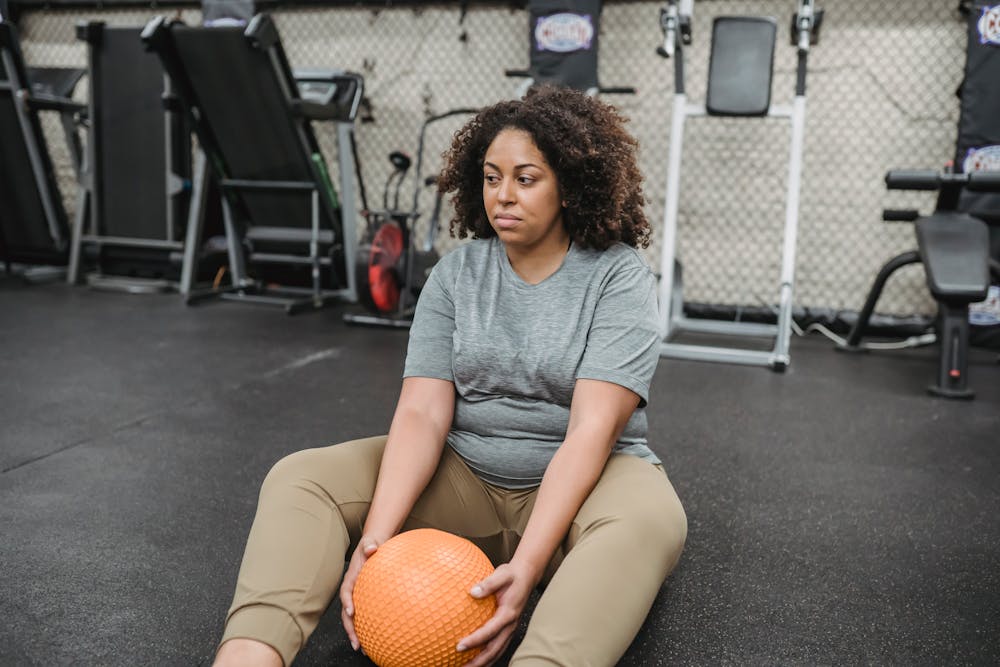 And let’s not forget about active recovery. While rest days are important, that doesn’t mean you have to be completely sedentary. Light activities like walking, swimming, or gentle stretching can help promote blood flow, reduce muscle stiffness, and speed up the recovery process. Just be sure to keep the intensity low and listen to your body’s signals.
And let’s not forget about active recovery. While rest days are important, that doesn’t mean you have to be completely sedentary. Light activities like walking, swimming, or gentle stretching can help promote blood flow, reduce muscle stiffness, and speed up the recovery process. Just be sure to keep the intensity low and listen to your body’s signals.
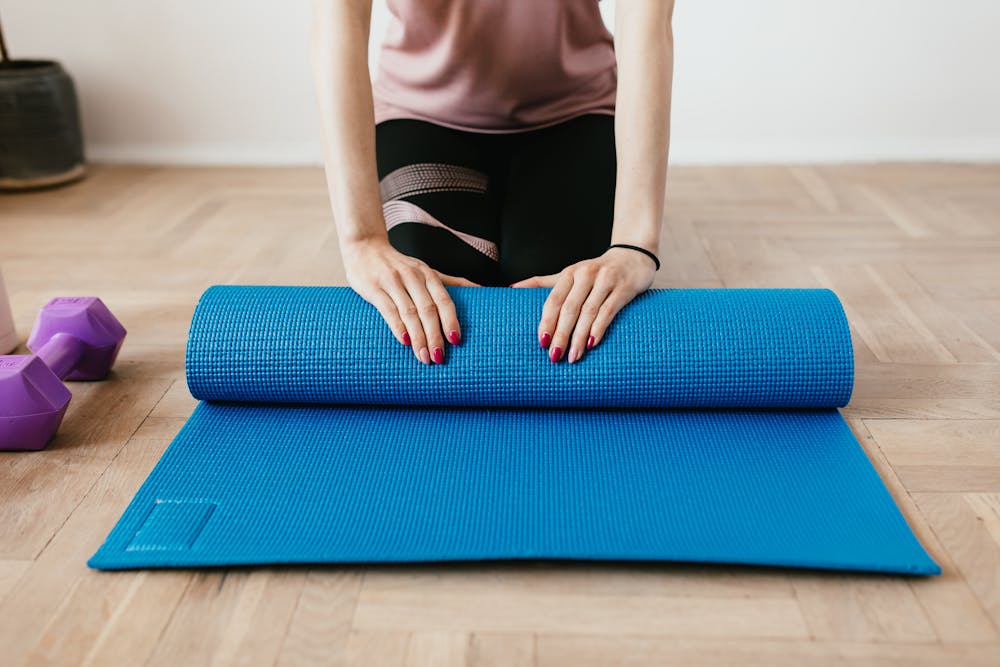 Finally, let’s talk about the long-term benefits of prioritizing rest and recovery in your training. By giving your body the time it needs to recover and adapt to the stresses of exercise, you’ll not only reduce the risk of injury and burnout, but you’ll also see better results in the long run. You’ll be able to train harder, recover faster, and ultimately reach your fitness goals more efficiently and effectively.
Finally, let’s talk about the long-term benefits of prioritizing rest and recovery in your training. By giving your body the time it needs to recover and adapt to the stresses of exercise, you’ll not only reduce the risk of injury and burnout, but you’ll also see better results in the long run. You’ll be able to train harder, recover faster, and ultimately reach your fitness goals more efficiently and effectively.
 So there you have it, the importance of rest and recovery days in training. Whether you’re a seasoned athlete or just starting out on your fitness journey, incorporating regular rest days into your routine is crucial for staying healthy, avoiding burnout, and reaching your fitness goals. So listen to your body, prioritize rest, and remember that sometimes, the best thing you can do for your fitness is to take a day off and give yourself the gift of rest and recovery.
So there you have it, the importance of rest and recovery days in training. Whether you’re a seasoned athlete or just starting out on your fitness journey, incorporating regular rest days into your routine is crucial for staying healthy, avoiding burnout, and reaching your fitness goals. So listen to your body, prioritize rest, and remember that sometimes, the best thing you can do for your fitness is to take a day off and give yourself the gift of rest and recovery.
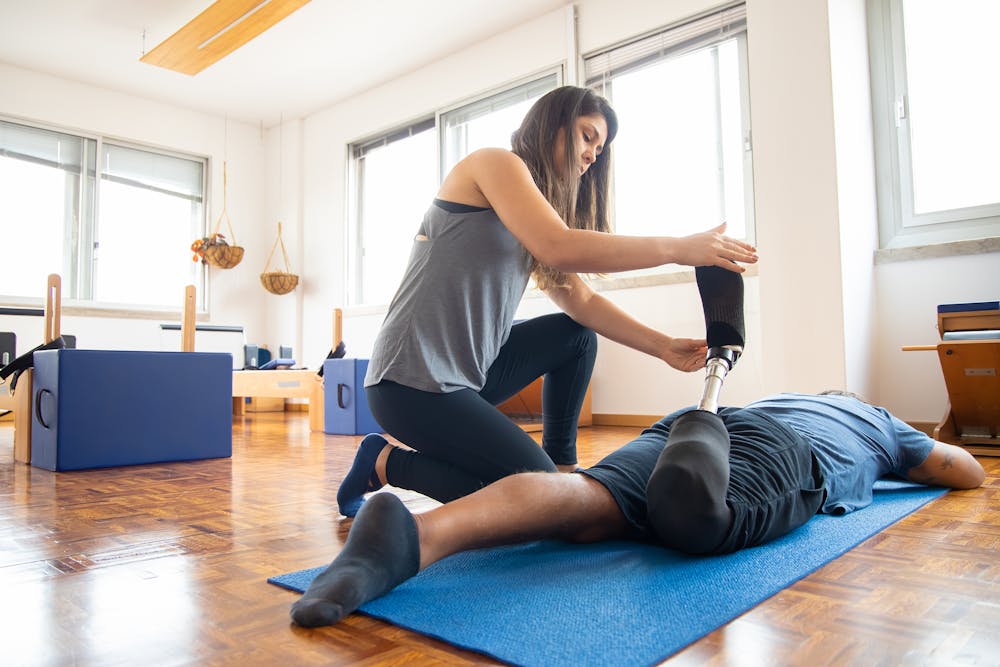 —
—
 I hope you find these insights helpful and motivating for prioritizing rest and recovery in your training routine!
I hope you find these insights helpful and motivating for prioritizing rest and recovery in your training routine!



